BMW 6 Series Convertible

There is arguably nothing more evocative in the world of automobile design than a long and lean gran turismo. The GT name was born in homage to grand touring, and strongly implies a powerful sports car capable of delivering long distance travel in luxury and style.
BMW has a particularly rich heritage in this genre - from the 327 and 503 coupés and convertibles of the 1930s and 1950s, to the first 6 Series coupé of the 1970s and 1980s and later the 8 Series coupé in the 1990s, before the GT mantle finally went back to the all-new 6 Series of 2002.
Muddled numbers aside, the classic grand tourer is very much where the latest 6 Series coupé and convertible recantations are positioned. Unusually, the marque choose to launch the convertible first, with a coupé poised for its premiere at the Shanghai Motor Show later in April (highlighting the growing importance of the Chinese market).
The 6 convertible retains the essential GT aesthetic - a two-door coupé with a long sweeping bonnet, low stance and a cabin set back to enhance these evocative proportions. The BMW signature grille, broad air intakes and the wide, contoured bonnet dominate the car's 'face'. According to exterior designer Nader Faghihzadeh, inspiration came from the movement of water, and an aquatic theme is referenced throughout on the car's surfaces and forms. 'Imagine moving water. It is flat but then you introduce distortion by entering a stick into it to create an opening,' explains Faghihzadeh. 'What you see on the car are hard edges that merge into soft surfaces. The geometry of water became my inspiration for surface treatment.'
The Munich-based Iranian designer's proposition won an internal competition for the 6 Series coupé and convertible. Faghihzadeh explains how from the start he wanted the car to represent a modern sporty aesthetic. 'The interplay of proportions and surface detail had to be the focus - the surface treatment needed to create this athletic elegance,' he says.
One continuous line runs the length of the car to the rear, right through the integrated rear lights. This is a great trick to create visual length. At the rear, the surfaces change direction, accentuating the rear wheels and forming a visual expression of rear wheel drive - a traditional BMW trademark. The aquatic theme continues at the front, where the distinctive BMW shark nose is complemented by an almost fin-like treatment of the rear of the soft-top roof. 'The fins in the rear creates a second section at the boot that looks almost like a boat,' enthuses Faghihzadeh. Apart from being a rather quirky style exercise it serves as a functional housing for the folding glass rear window.
The classic retractable cloth roof, rather than a hardtop like the 3 Series convertible, lends the bigger car the breezy romance associated with open-top driving. Faghihzadeh notes that it is very uncompromising for such a long car to have a fabric roof that has to function as well as the seamless roof of a coupé. Taking just 19 seconds to open up (at speeds of up to 25mph), the roof is available in three colours, including one with a new anthracite silver affect.
Receive our daily digest of inspiration, escapism and design stories from around the world direct to your inbox.
Inside all is typical BMW, with a highly driver-focused cabin with all functions, including the central section of the instrument panel that contains the iDrive system, tilted towards the driver. Despite the use of traditional material wood, leather and chrome, there are enough sporty touches to set it apart from the more 'adult' 7 Series. And although lower in height than its predecessor, the 2+2 layout offers greater headroom in both the front and back seats. Plus, as expected the car offers the very latest navigation and connectivity intelligence as well as driver assist and safety technology.
It's easy to draw a lean and elegant luxury convertible like the 6, but few carmakers are capable of turning conceptual ponderings into a cohesive production vehicle. Faghihzadeh and his team have taken a minimalist approach, reducing the car's design to a few simple lines. The result is a car that manages to look graceful in the flesh -- especially in darker shades that slim the sizeable body -- yet seems always ready to take to the road, with perhaps a dash more style than speed. A classic gran turismo.

The BMW signature grille, broad air intakes and the wide, contoured bonnet dominate the car's 'face'
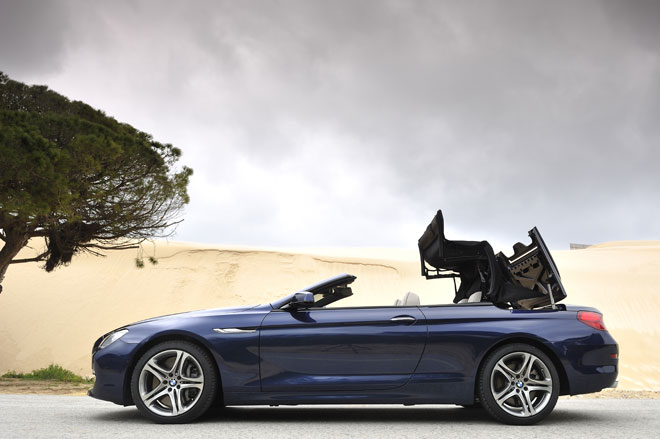
Taking just 19 seconds to open up (at speeds of up to 25mph), the roof is available in three colours, including one with a new anthracite silver affect

One continuous line runs the length of the car to the rear, right through the integrated rear lights. This is a great trick to create visual length.
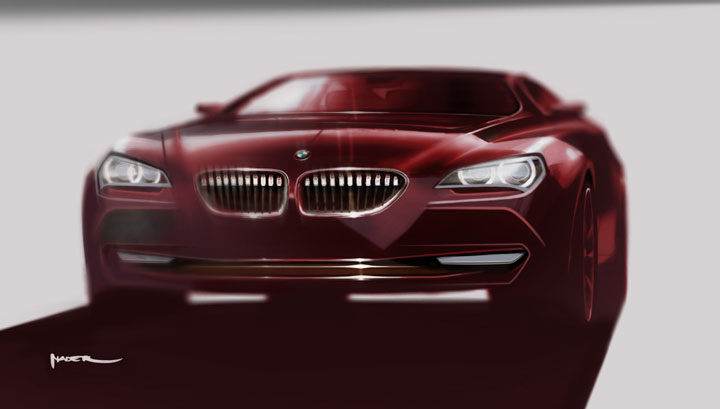
The aquatic theme continues at the front, where the distinctive BMW shark nose is complemented by an almost fin-like treatment of the rear of the soft-top roof.
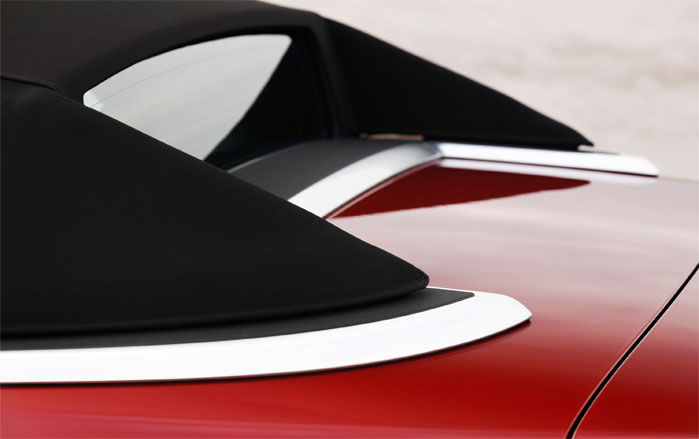
The classic retractable cloth roof, rather than a hardtop like the 3 Series convertible, lends the bigger car the breezy romance associated with open-top driving

Inside all is typical BMW, with a highly driver-focused cabin with all functions, including the central section of the instrument panel that contains the iDrive system, tilted towards the driver
A writer and editor based in London, Nargess contributes to various international publications on all aspects of culture. She is editorial director on Voices, a US publication on wine, and has authored a few lifestyle books, including The Life Negroni.
-
 This modern Clapham house is nestled indulgently into its garden
This modern Clapham house is nestled indulgently into its gardenA Clapham house keeps a low profile in South London, at once merging with its environment and making a bold, modern statement; we revisit a story from the Wallpaper* archives
-
 The new Tudor Ranger watches master perfectly executed simplicity
The new Tudor Ranger watches master perfectly executed simplicityThe Tudor Ranger watches look back to the 1960s for a clean and legible design
-
 This late-night hangout brings back 1970s glam to LA’s Sunset Boulevard
This late-night hangout brings back 1970s glam to LA’s Sunset BoulevardGalerie On Sunset is primed for strong drinks, shared plates, live music, and long nights
-
 All the new electric cars and concepts revealed at Munich’s IAA Mobility 2025
All the new electric cars and concepts revealed at Munich’s IAA Mobility 2025Munich’s alternative motorshow is now in its third iteration, combining a traditional exhibition space with a conference and large-scale public activations on the streets of the city
-
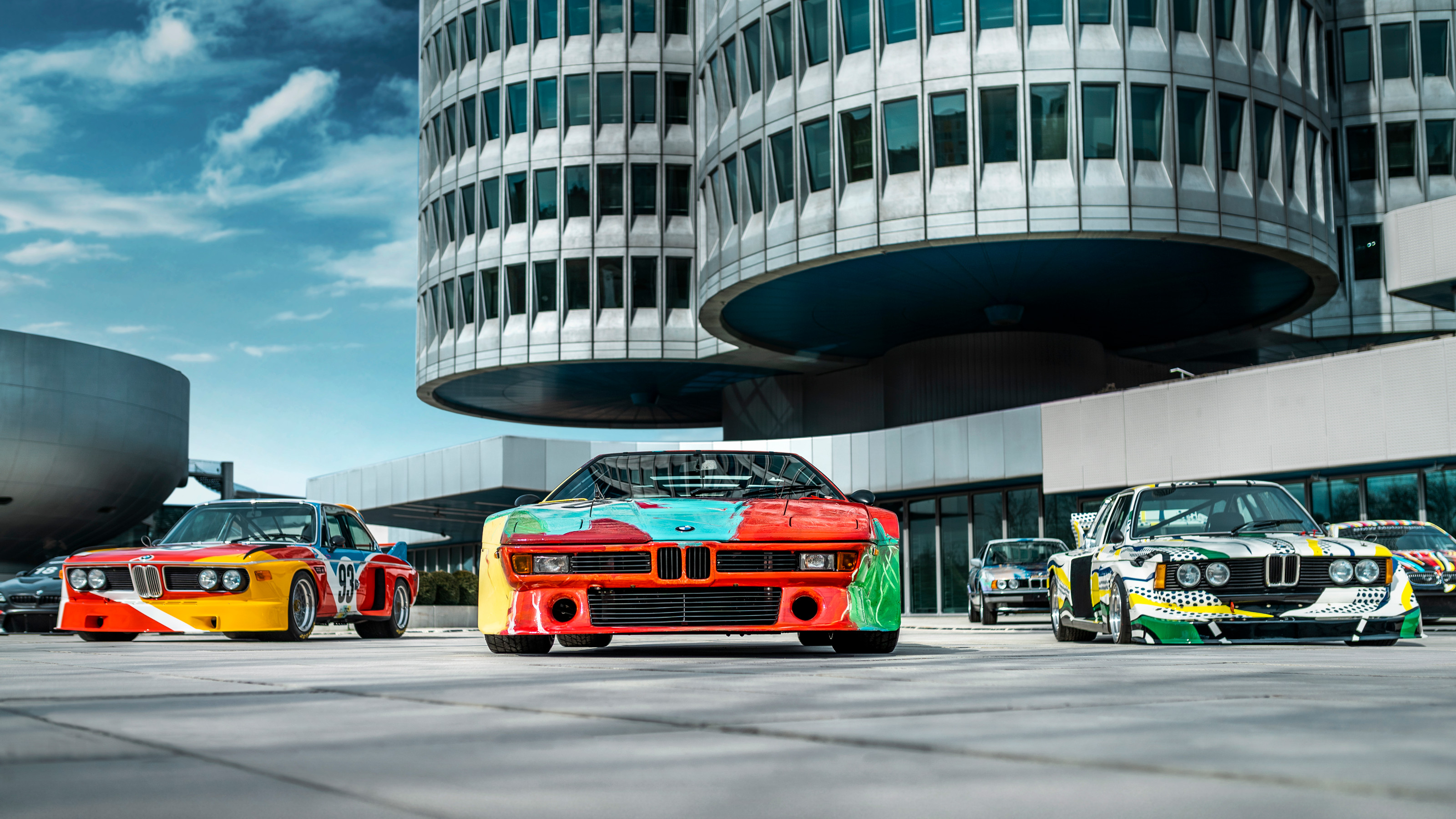 BMW celebrates half a century of its pioneering Art Car project with exhibitions and more
BMW celebrates half a century of its pioneering Art Car project with exhibitions and moreWe present a portfolio of the artists who have contributed to 50 years of BMW Art Cars, including Andy Warhol, John Baldessari, Jenny Holzer and David Hockney
-
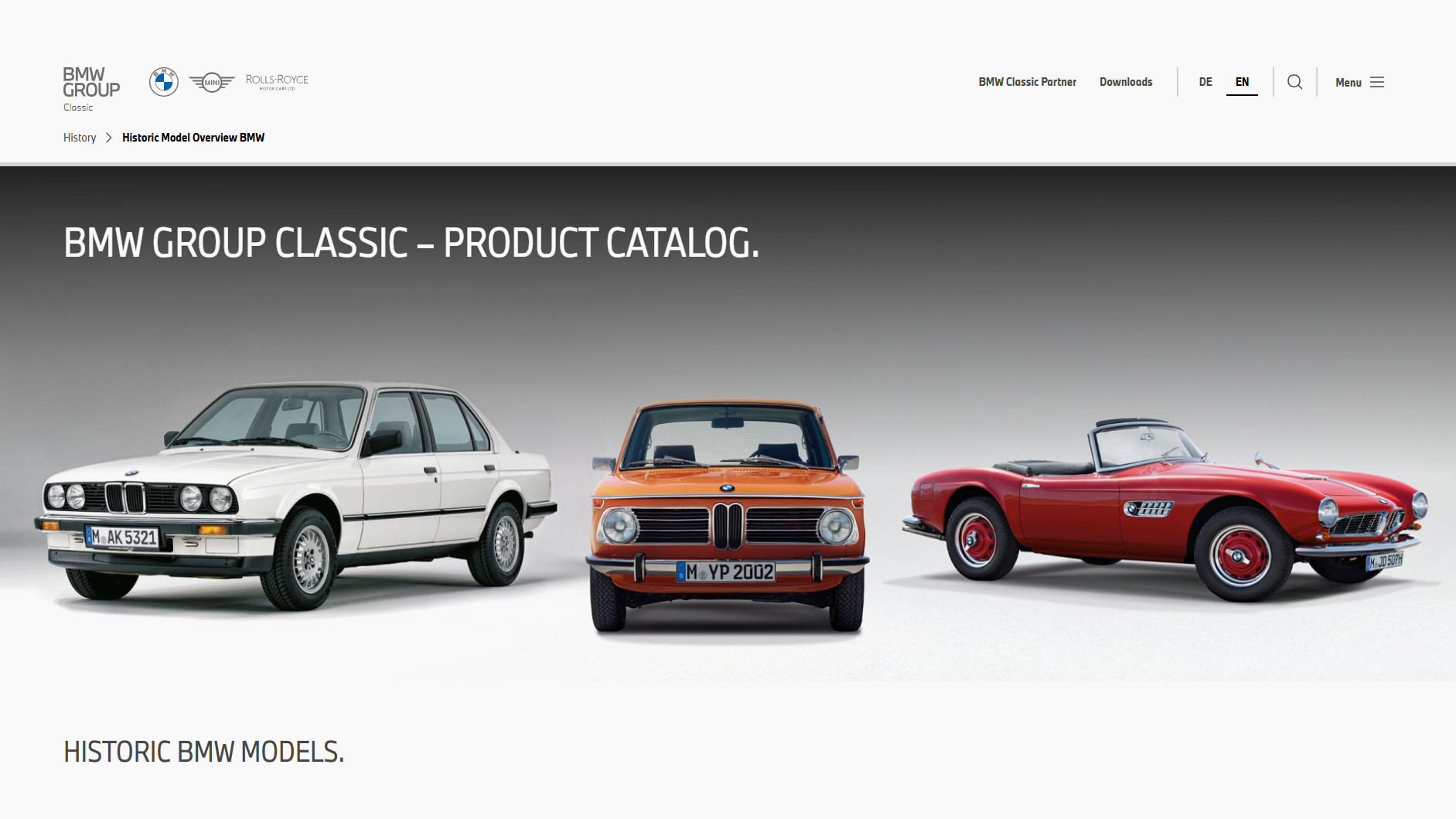 Peruse the new BMW Group Archive to explore the evolution of BMW design over the decades
Peruse the new BMW Group Archive to explore the evolution of BMW design over the decadesFor lovers of the marque, BMW’s commitment to online archiving is second to none. The latest website from the Bavarian manufacturer is this extensive visual catalogue of 80 years’ worth of BMW design
-
 The top 10 concept cars of 2024, as selected by Wallpaper’s Transport Editor
The top 10 concept cars of 2024, as selected by Wallpaper’s Transport EditorWe round up our favourite forays into futuristic design with this collection of concepts and design studies showcasing the transport of tomorrow
-
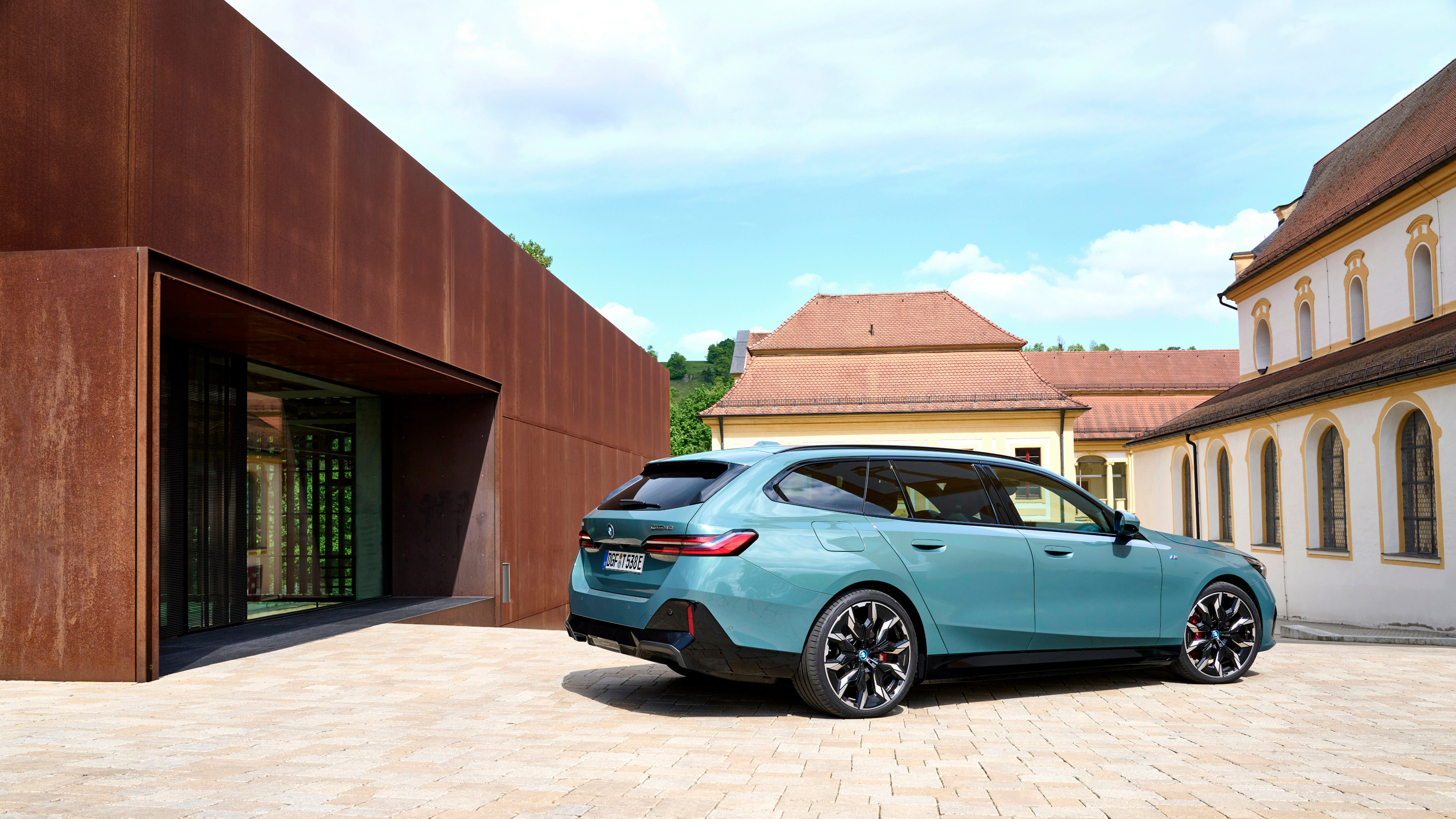 New BMW i5 Touring is an all-electric tech powerhouse that brings the noise
New BMW i5 Touring is an all-electric tech powerhouse that brings the noiseBMW has thrown its considerable expertise into making the i5 eDrive40 M Sport Pro Touring the ultimate zero-emission all-rounder. Jonathan Bell tries it out
-
 BMW’s limited-edition Skytop roadster draws on the past. Could it also predict the future?
BMW’s limited-edition Skytop roadster draws on the past. Could it also predict the future?Just 50 examples of the BMW Skytop are being built, and they’ve all been spoken for. We examine whether this classically styled machine is a harbinger of aesthetic change
-
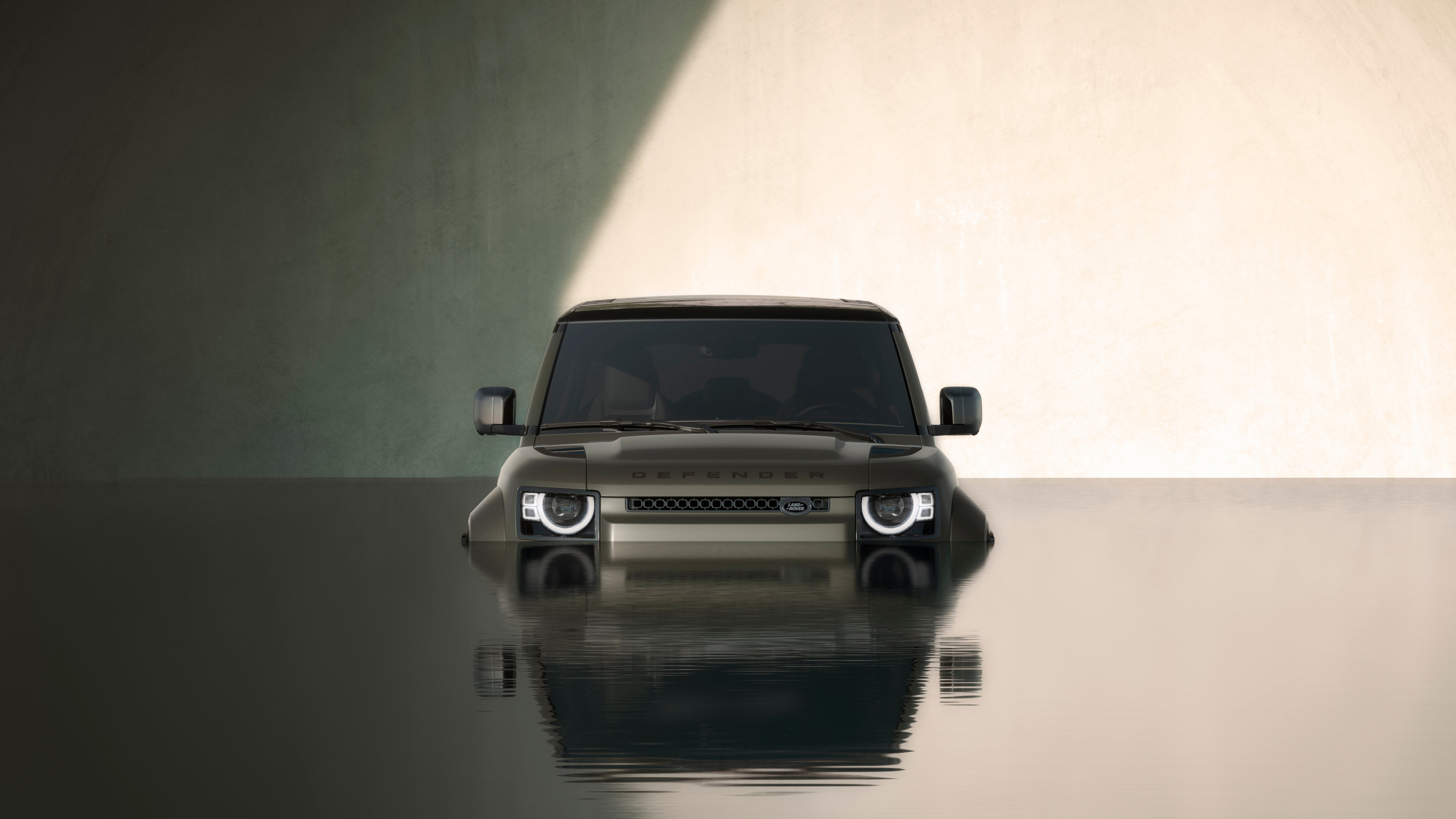 The 2024 Goodwood Festival of Speed hosted a wealth of auto innovation, from hypercars to hot hatches
The 2024 Goodwood Festival of Speed hosted a wealth of auto innovation, from hypercars to hot hatchesThe best new SUVs, EVs, hatchbacks and supercars to emerge from the 2024 Goodwood Festival of Speed
-
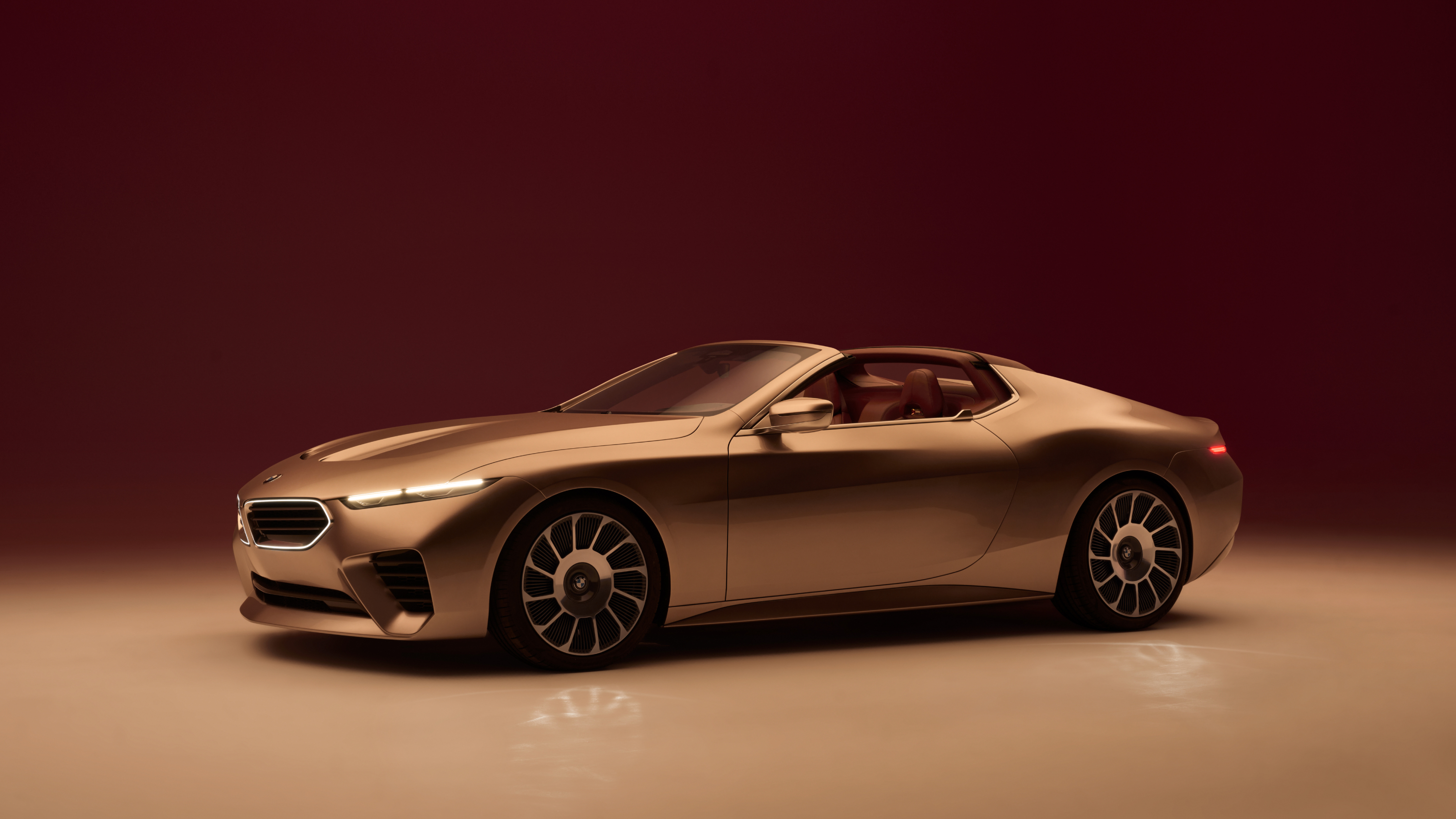 The Concept Mercedes-AMG PureSpeed and BMW Concept Skytop offer drop-top dreams
The Concept Mercedes-AMG PureSpeed and BMW Concept Skytop offer drop-top dreamsBMW and Mercedes-AMG open up with two new convertible concepts, one pitched at performance, the other at the spirit of the good life